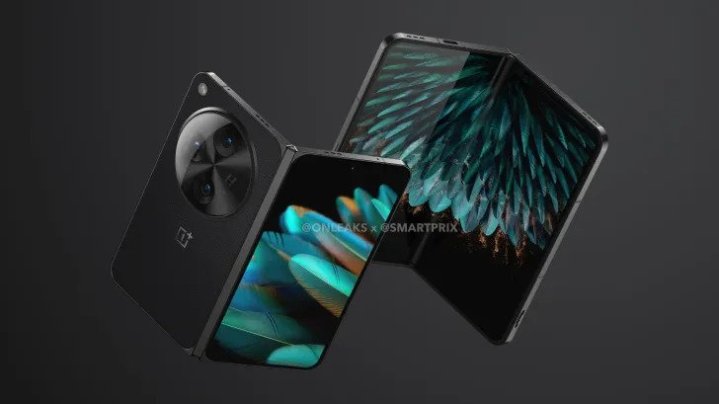
Within a span of two days this week, we got the launch dates of new iPhones and Google’s Pixel 8 series phones. Today, OnePlus also made a major announcement, albeit one that has little to do with hardware — or its highly anticipated foldable phone.
It is still a remarkable one, however. OnePlus will release Android 14-based OxygenOS 14 on September 25. That also means the stable build of Android 14 will arrive for supported Google Pixel phones before that date, and likely for some Samsung phones as well.
OnePlus will finally start public testing of Android 14 in the coming days for the OnePlus 11, the OnePlus 11R, and the OnePlus Nord 3. The company has been refining the latest iteration of OxygenOS for the past few weeks as part of a closed beta program. Soon, OnePlus will kickstart the OxygenOS 14 Open Beta program ahead of the stable release.
However, OnePlus won’t be the only brand soak-testing Android 14 ahead of its wide release later this year. Google has seeded multiple public beta builds of Android 14 over the past few months for its Pixel phones, and Samsung has also started testing One UI 6 based on Android 14 for a select bunch of high-end Galaxy phones.
What’s new in OxygenOS 14

OnePlus hasn’t detailed all the granular changes that are in the pipeline for OxygenOS 14, but the focus seems to be on achieving high performance without sacrificing energy efficiency. To that end, OnePlus is introducing what it calls the “Trinity Engine,” a proprietary fusion of hardware and software resources.
Broadly, the company has listed six areas of improvement without any official explanation. Those include CPU Vitalization, RAM Vitalization, ROM Vitalization, HyperBoost, HyperTouch, and HyperRendering.
If one were to take an educated guess, based on similar terminology used by other brands, RAM Vitalization will focus on freeing up memory resources so that apps don’t get sluggish and ensuring the multitasking experience is also smooth without any aggressive background killing.
Then we have HyperRendering, which most likely tries to enhance the visual experience, a trick that multiple brands tout for improving scenarios like gaming and watching videos. While the focus on enhancing performance all across the board is promising, what I really hope to see is how OnePlus adapts the Android 14 changes and serves it with OxygenOS 14.
Where’s the OnePlus Open?

So far, we have seen that Android 14 seeks to redefine the UI experience on foldable phones and tablets, making intelligent use of the larger screen real estate to adapt the user interface and improve app scaling. OnePlus won’t be a stranger to that, as the company has already teased a foldable phone that should arrive later this year.
Purported renders of the OnePlus Fold — aka the OnePlus Open — show a device with a form factor inspired by the Google Pixel Fold and the Oppo Find N2. There’s a signature circular camera hump at the back and what looks like a leather finish on the rear panel. The phone should still be launching before 2023 is up, but it appears to be totally absent from the September 25 launch of OxygenOS 14.
I’ll be experimenting with Android 14-based OxygenOS 14 as soon as the Open Beta program kicks off in the coming days and will share the key findings as the wider stable release approaches.


